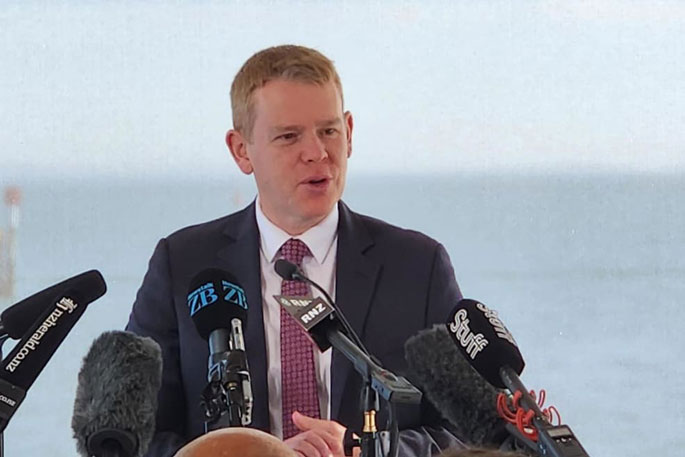The government has announced plans for 19 new marine protection areas for the Hauraki Gulf, nearly tripling the area covered.
The protections will include bans on bottom trawling and Danish seining in five areas, and increasing marine protections from covering six per cent to 18 per cent of the Gulf.
It will be put in place with a Bill introduced to Parliament - but not passed - before the October election.
Prime Minister Chris Hipkins announced the plan at Tamaki Yacht Club in Auckland on Wednesday morning, alongside Conservation Minister Willow-Jean Prime, and Oceans and Fisheries Minister Rachel Brooking.
"The Hauraki Gulf -- Tīkapa Moana - is an absolute treasure and needs to be protected for the enjoyment of future generations," says Hipkins.
"We know action is needed now. Today's announcement follows years of careful work and extensive consultation, and strikes a good balance."
Prime says some protection areas will be covered by a "high protection area" category, with strong restrictions while also recognising kaitiakitanga and other tangata whenua cultural practices.
The new legislation will set up 12 such areas, along with five new seafloor areas to preserve seafloor habitats with bans on bottom-contact fishing methods.
It will also include an extension to the country's first marine reserve covering Cape Rodney to Okakari Point Marine Reserve (Goat Island) and Te Whanganui A Hei (Cathedral Cove) Marine Reserve on the Coromandel Peninsula.
"We've heard the community call for marine protection. Sustained action now is critical to ensuring we can continue to share stories of Hauraki's abundance," says Prime.
She says marine protection proposals announced at the end of last year had more than 7500 submissions.
Brooking says the legislation comes alongside the Ministry for Primary Industries' Hauraki Gulf Fisheries Plan, which is the first to treat fish stocks on an ecosystem-wide approach rather than by species.
"Species like snapper, kingfish, and kahawai all live together in the Gulf, and are affected by local conditions, by the things humans do, and by environmental factors such as climate change," she says.



0 comments
Leave a Comment
You must be logged in to make a comment.